As the AI-powered creative revolution unfolds, Adobe is more than ever in the spotlight. The creative giant is using its Adobe MAX 2025 event in London to make a series of major announcements. The program includes AI with Firefly, more speed and flexibility for Creative Cloud applications, and a stronger commitment to the creative community.
Firefly: a faster, more controllable, and open creative AI platform
Unveiled just two years ago, Adobe Firefly has already generated more than 20 billion elements and is establishing itself as the most comprehensive creative AI platform on the market. New versions of its models are appearing: Firefly Image Model 4 and Firefly Image Model 4 Ultra. These models are described as the fastest, most controllable, and most realistic yet, offering photorealistic image quality, greater control over output structure and style, camera angles, and zooms.
Image Model 4 Ultra is there for projects requiring high detail and realism, while Image Model 4 is aimed at faster projects. They can generate content up to 2K and are designed to be “commercially safe.” Adobe says these Firefly models are production-ready, trained on high-quality assets and never on client content.
Models from OpenAI, Google (and others) are coming to Firefly
Adobe is emphasizing choice and flexibility in its Firefly app and now allows you to experiment with other models developed by partners. Firefly now supports OpenAI GPT, Google Imagen 3 and Veo 2, and Flux for image generation. Additional models, such as Luma, Pika, and Runway, will be integrated in the coming months. To ensure trust, Adobe says Content Credentials are automatically attached to AI-generated content, clearly indicating the model used. In addition, the Firefly app will soon be available on mobile (iOS and Android).
At the same time, Firefly Video continues to develop and becomes available to everyone via the web interface. It is presented as the first AI-based video model that respects intellectual property. It allows creators to generate video clips from a text prompt or an image, control shots via camera angles or start and end frames, and create custom atmospheric or motion design elements. Adobe says it's already used by major brands like PepsiCo/Gatorade, Dentsu, and Stagwell.
Another major new feature is that Firefly now includes Firefly Boards in a public beta version within its application. This AI-driven interface is dedicated to moodboarding, storyboarding, brainstorming, and exploring creative concepts. It makes it easier for creative teams to collaborate on hundreds of variations and then move straight to production.
More performance, precision, and control in Creative Cloud
Significant updates are coming to the flagship Creative Cloud apps, giving professionals better performance and increased flexibility:
- Photoshop gets Firefly-powered AI features like Composition Reference in text-to-image (generate elements with the structure of a reference image), Select Details (quickly select complex details like hair), Adjust Colors (easily adjust color), and a redesigned Actions panel (beta) that offers smart workflow suggestions. The Background Removal tool has been improved. Video manipulation becomes as easy as image manipulation.
- Illustrator receives significant performance improvements, making menu access more responsive and popular effects up to five times faster. New Firefly features include Generative Shape Fill and Text to Pattern, as well as Text to Vector Graphic.
- InDesign adds the Firefly Generative Fill (beta) feature to transform vector graphics. Math Expressions allow for complex mathematical notations. It is now possible to convert PDFs to editable InDesign files.
- Lightroom introduces Select Landscape to automatically detect and mask common landscape elements (water, plants, sky). Upgrades to Quick Actions simplify editing group photos. New sharing capabilities are available on Mobile and Web.
Photoshop, Lightroom, and Premiere Pro: Adobe is full of new features
Still on the applications of the famous application suite:
- Premiere Pro sees its Firefly Generative Extend function become available to everyone, with support for 4K and vertical videos. Media Intelligence helps editors quickly find relevant clips by searching through terabytes of footage. Caption Translation instantly translates captions into 27 languages.
- Adobe Express is enriched with advanced tools for video, animation and branded content creation. These include Clip Maker (transform long videos into short clips optimized for social media), Dynamic Animation (add motion to static images), Enhance Speech (remove background noise from audio tracks), Generate Video (create commercial b-roll or background footage), and Generate Similar (create a collection of cohesive elements from a single image). Over 30 new Photoshop-powered filters are also available in Express. Express supports importing PSD, AI, and PDF files.
- Adobe Fresco introduces a new “created without generative AI” tag in Content Credentials and allows exports to be linked directly to social media accounts.
Adobe is also laying the groundwork for Agentic AI within Creative Cloud, aimed at helping creatives work faster while maintaining complete control. Photoshop’s redesigned Actions panel is being touted as the foundation for the app’s Creative AI agent. Premiere Pro uses Media Intelligence as the foundation for agentic video workflows, and Adobe plans to integrate agentic AI into Express as a creative partner.
Strengthened commitment to creators
The topic of artificial intelligence has become a hot topic for creators, and Adobe regularly discusses it. The company reiterates its creator-centric approach to AI, viewing AI as a tool, not a replacement for human creativity. A major new commitment is the launch of a Creative Apprenticeship initiative to help the next generation establish their careers, offering hands-on learning opportunities, mentorship, and paid experience. Hundreds of mentors and employers have already been recruited for this initiative, the American firm tells us.
Faced with creators' concerns about the use of their work online, Adobe is launching the public beta of the Adobe Content Authenticity application. This free app allows creators to protect their digital work and obtain proper attribution by attaching Content Credentials. Creators can include information about themselves, verify their identity (via Verified on LinkedIn), and indicate their preference for using their content for generative AI training. Integration with Verified on LinkedIn is touted as a crucial step in ensuring attribution and fostering career opportunities. Adobe is also working with policymakers and industry partners to establish creator-friendly opt-out mechanisms.

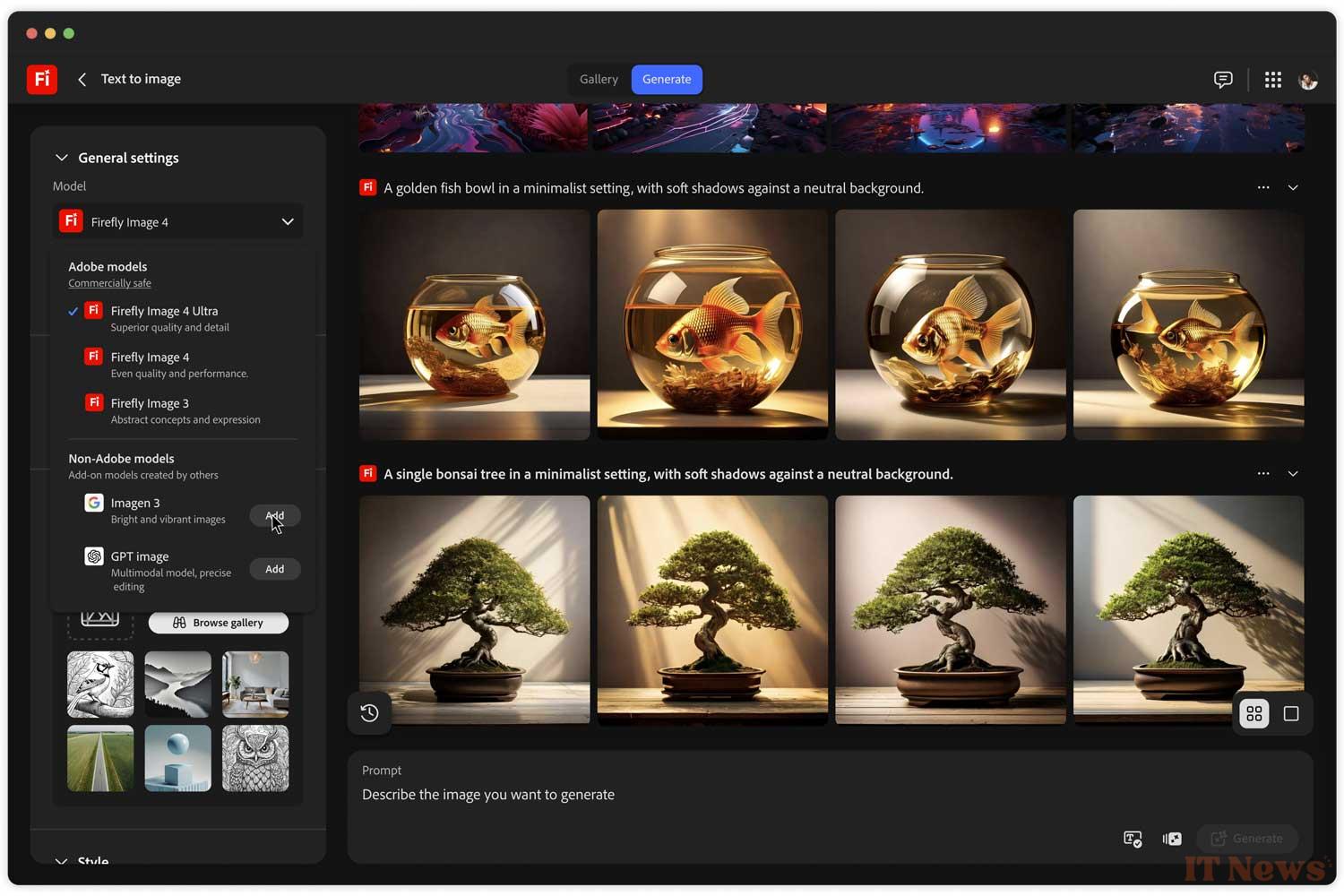

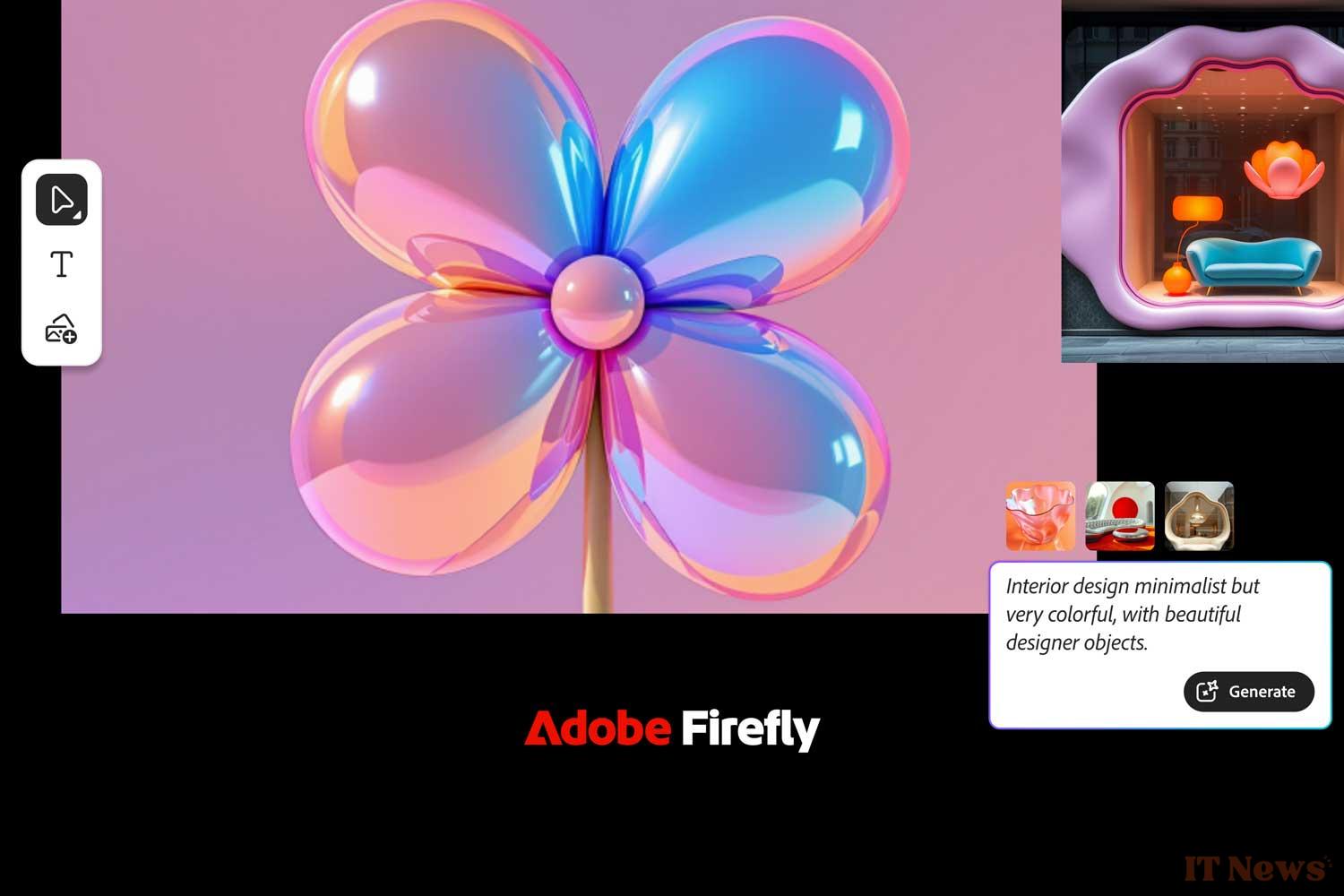
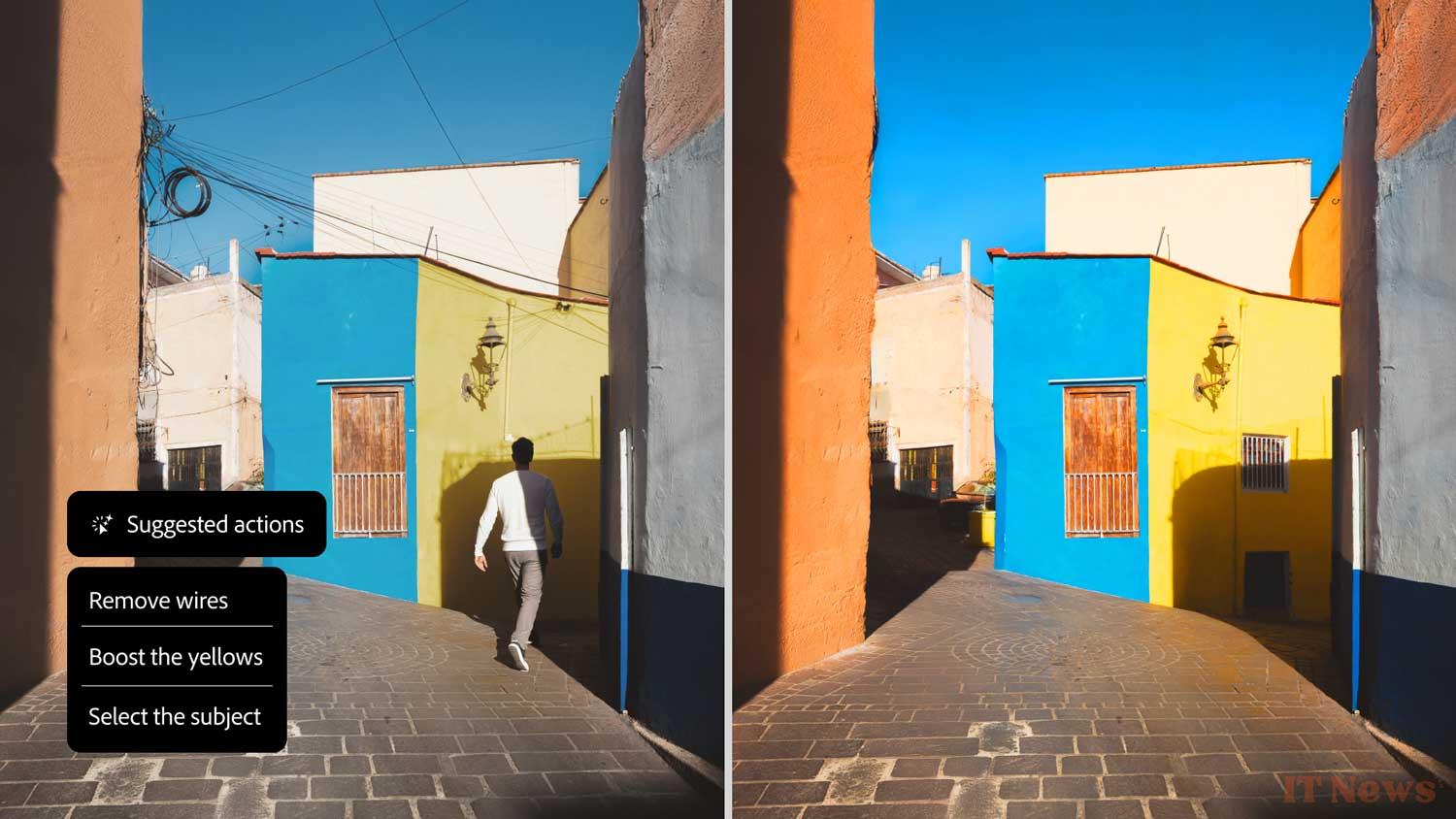
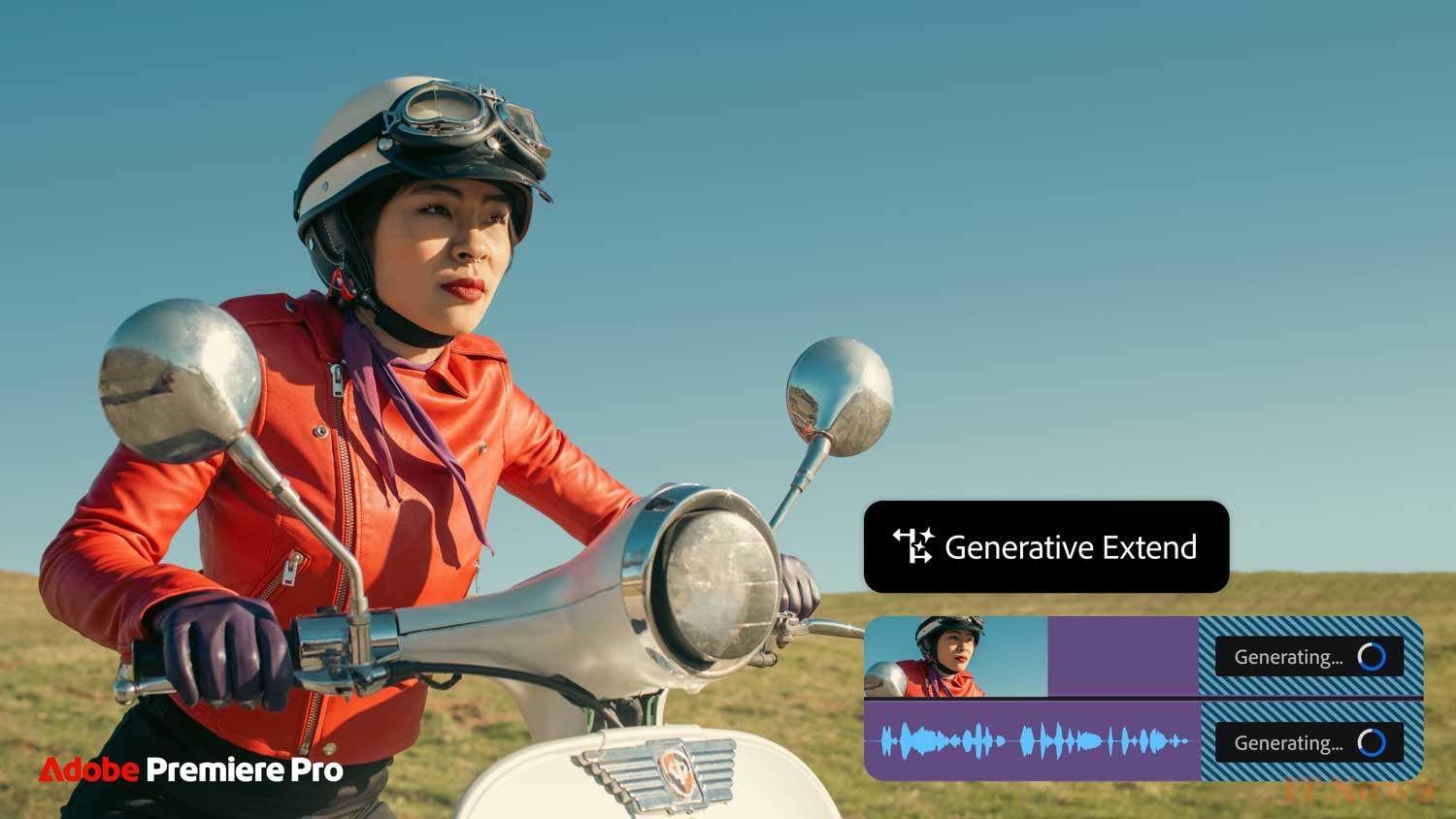
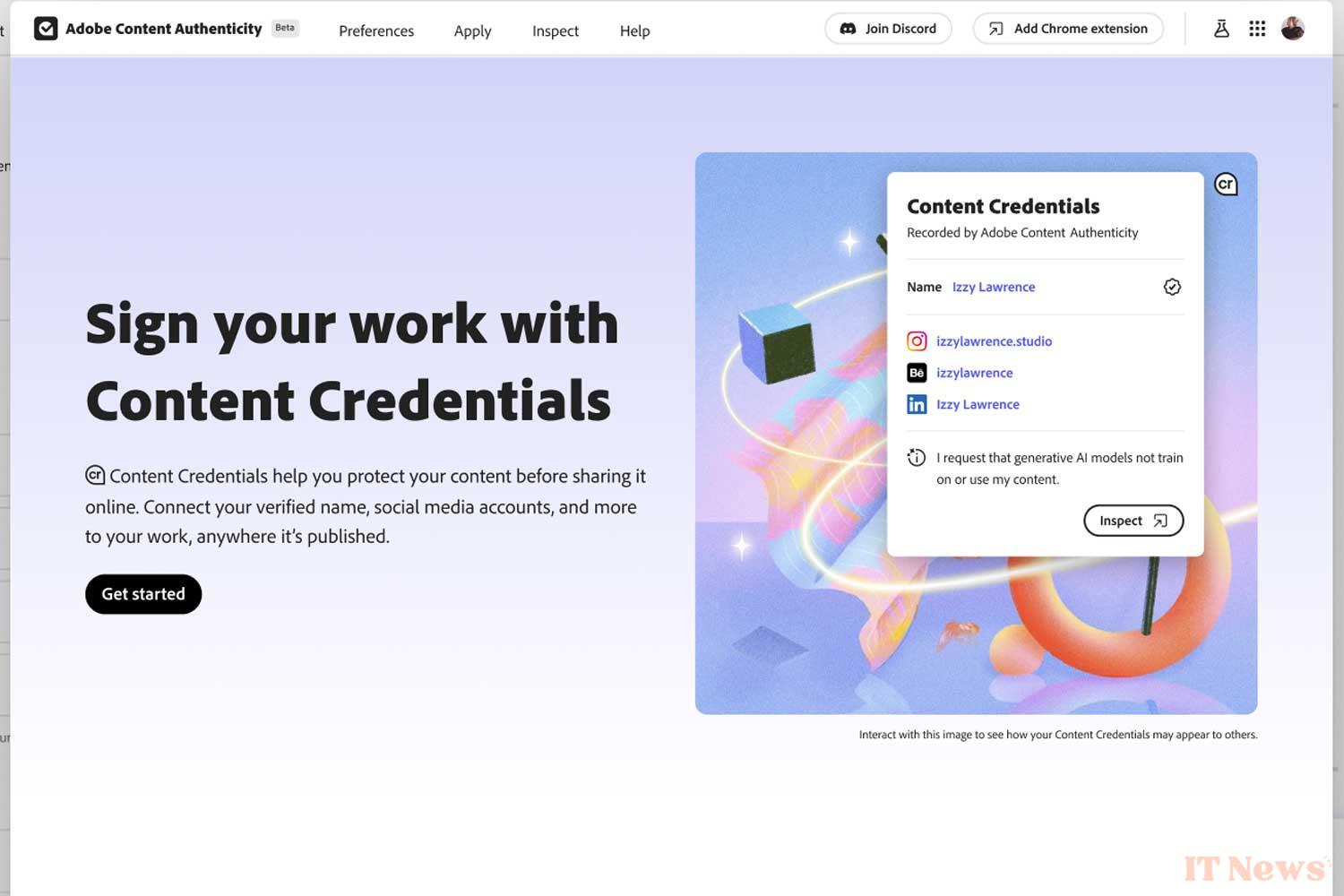
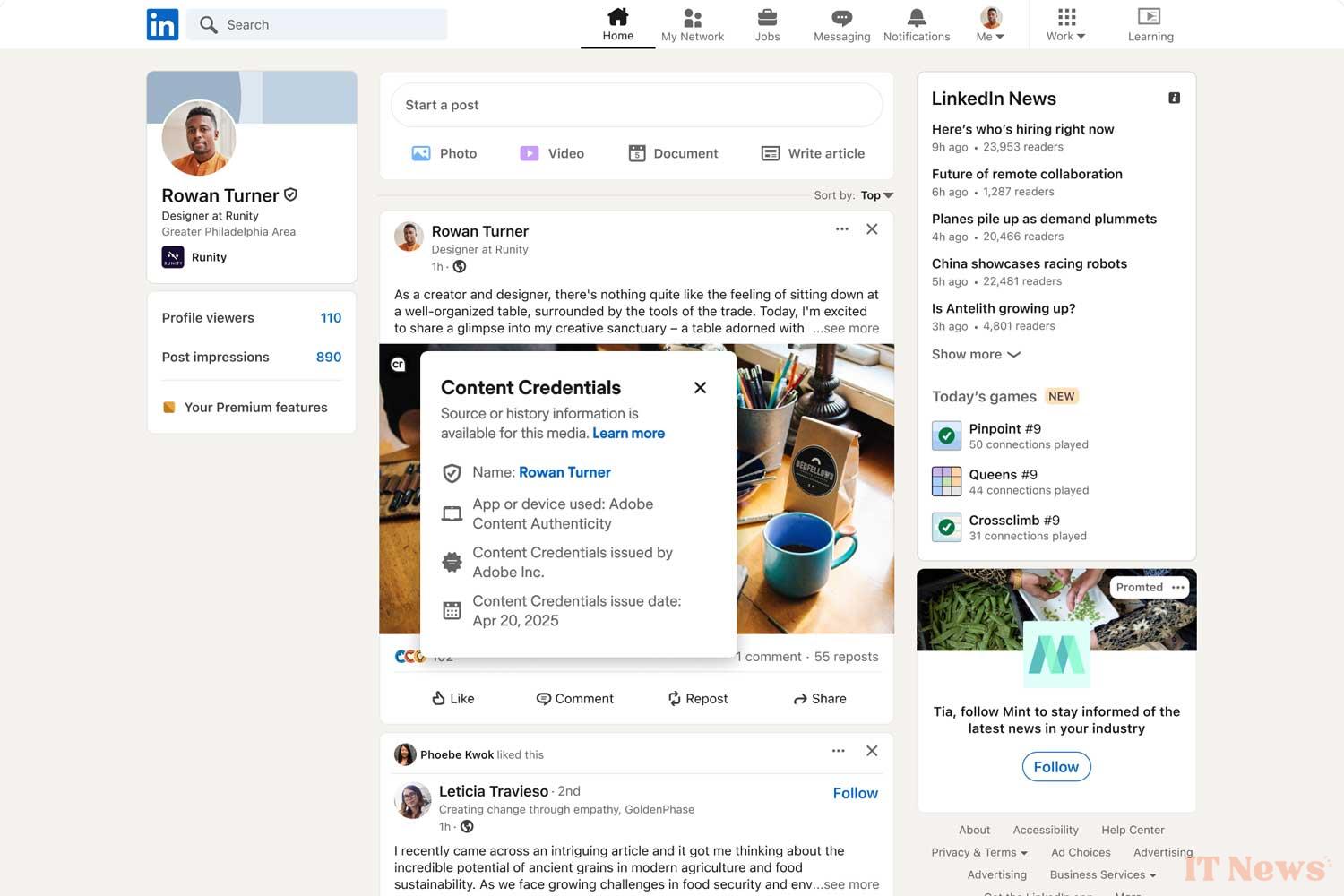

0 Comments